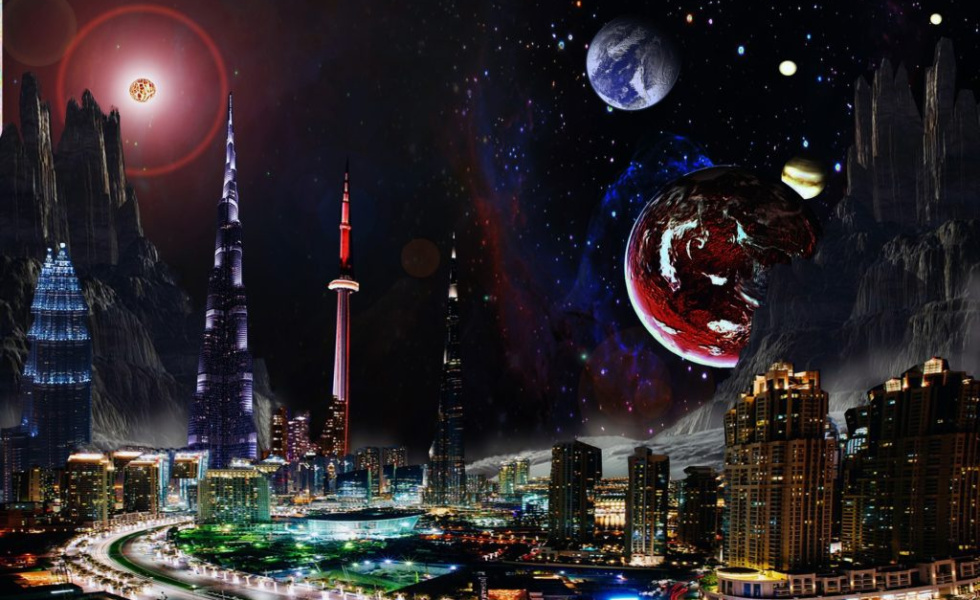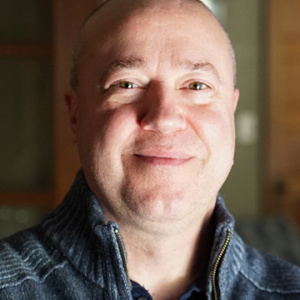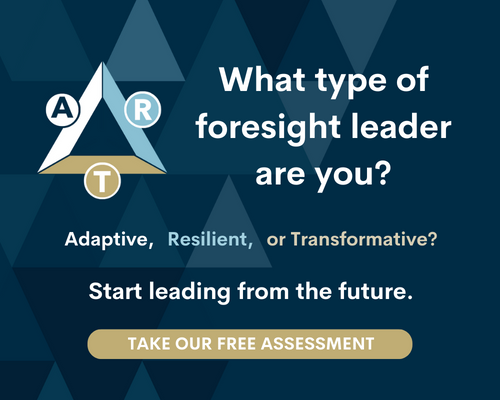I Was A Teenage ElseWorlder*: How Sci Fi Can Help Your Organization Create The Future Today

For those who know me, I’m unabashedly prone to playful allegories, metaphors and puns. Honestly, this title doesn’t even qualify for that designation, falling somewhere between a late-night brainstorming session from a really bad PR firm and the working title of a B-Movie that was written by the closest available lackey on set. So it might be even more shocking to find out that this post is going to be all about my early exploration and fascination with practices that are now known as Design Fiction, Speculative Fiction and Science Fiction Innovation. Nonetheless, I never pass up on the chance to reference a character from folklore, movies or my favorite comics – even if that reference alludes to alternative versions of Batman or Superman.
Truth be told, it was comics and sci fi movies that inspired me to build my own back-yard special effects department – better known as the family garage – where, along with a gang of after-school make-up artists, set designers, monster creators, shoe-string FX developers and week-end model makers, we created the world’s greatest Super-8 sci-fi and horror films. (According to the unbiased critique of our parents.) We poured over every issue of Starlog, Fangoria, CineMagic, Analog and Omni; we created detailed miniature mash-ups of Cylon Raiders from Battlestar Galactica attacking the moon bases from Saturn 3; we mocked up unspecified architecture and devices that we imagined to be a part of the worlds that were shown on TV shows like Star Trek, movies like The Day The Earth Stood Still or amazing works of fiction such as Heinlein’s Starship Troopers; we hung posters in our bedrooms of our heroes – FX artists like Rick Baker, Walter Matt Jefferies, Ralph McQuarrie, H.R. Giger, and Walter Schulze Mittendorff. (We were definitely early prototype geeks.) We used spare parts from appliances to build life-size replicas of the B-9 robot from Lost In Space, the service droids from Silent Running, and of course Klaatu. And, yes, I was one of the first in line to see Star Wars in 1977 – Neptune Beach theater in Jacksonville, Florida. Afterwards, we fashioned blasters from cardboard paper towel rolls, lightsabers from fluorescent bulbs and laser cannons from the top of L’eggs packages. We each dreamed of spending a lifetime designing these fantastical futures.
I had no idea that what I was doing in the late 1970’s and early 1980’s cultivate a passion in my heart for “artifacting the future” – creating the landscapes, devices, utilities and materials that would both define provocative images of the future and be born out of them. I didn’t know that transformative visions of the future could foster aspirational strategy and evolutionary societies. I was unaware that the home movies we made would be the foundation for writing situational scenarios that can reveal the push and pull of the future. I didn’t consider that science fiction had a much bigger role to play in framing adaptive and resilient organizations and cities in the here and now. And I certainly could not see that I would someday look through the “eyes” of the vistas and objects of the future in order to describe humanity’s tomorrows.
But I did know that I was fascinated by the “else” – how would the future be different from today, and even more importantly, what kind of new worlds could we create? This is what caused me to constantly nurture an “ElseWorld” mindset.
Of course, design fiction, speculative design and sci fi innovation aren’t new. They’ve been practiced for a long time by science fiction authors, movie makers and product designers who stretched themselves to create weird and wonderful possibilities beyond what was presently known. Now, the newly coined terms design fiction or design futures are becoming popular in organizational innovation labs and business development magazines, and that’s a very good thing. Companies, cities and entrepreneurs are beginning to realize that what my friends and I were doing in my parents’ garage some 30 years ago is critical to their success today. Hopefully, even more leaders and developers will be bitten by foresight and futures thinking, and transform into “elseworlders” themselves, those provocative thinkers and doers that humanity needs to guide us into a world in flux.
*Elseworlds was the publication imprint for American comic books produced by DC Comics for stories that took place outside the DC Universe canon.

Frank Spencer
Co-Founder
Creative Director
In 2009, Frank founded Kedge – a global foresight, innovation, and strategic design firm which pioneered TFSX. Throughout his career, Frank has worked as a leadership coach and developer with entrepreneurs, social communities, networking initiatives, and SMEs, helping them in areas such as development, innovation, and networking.
Read More
